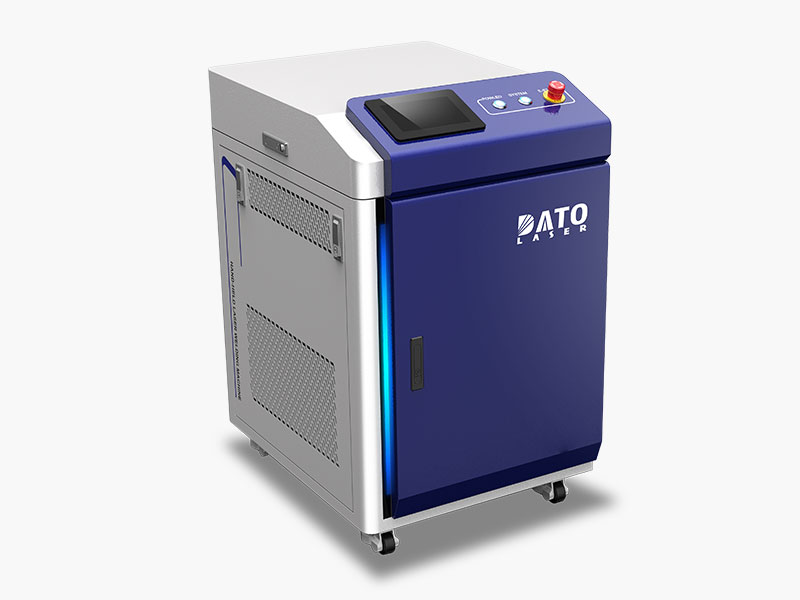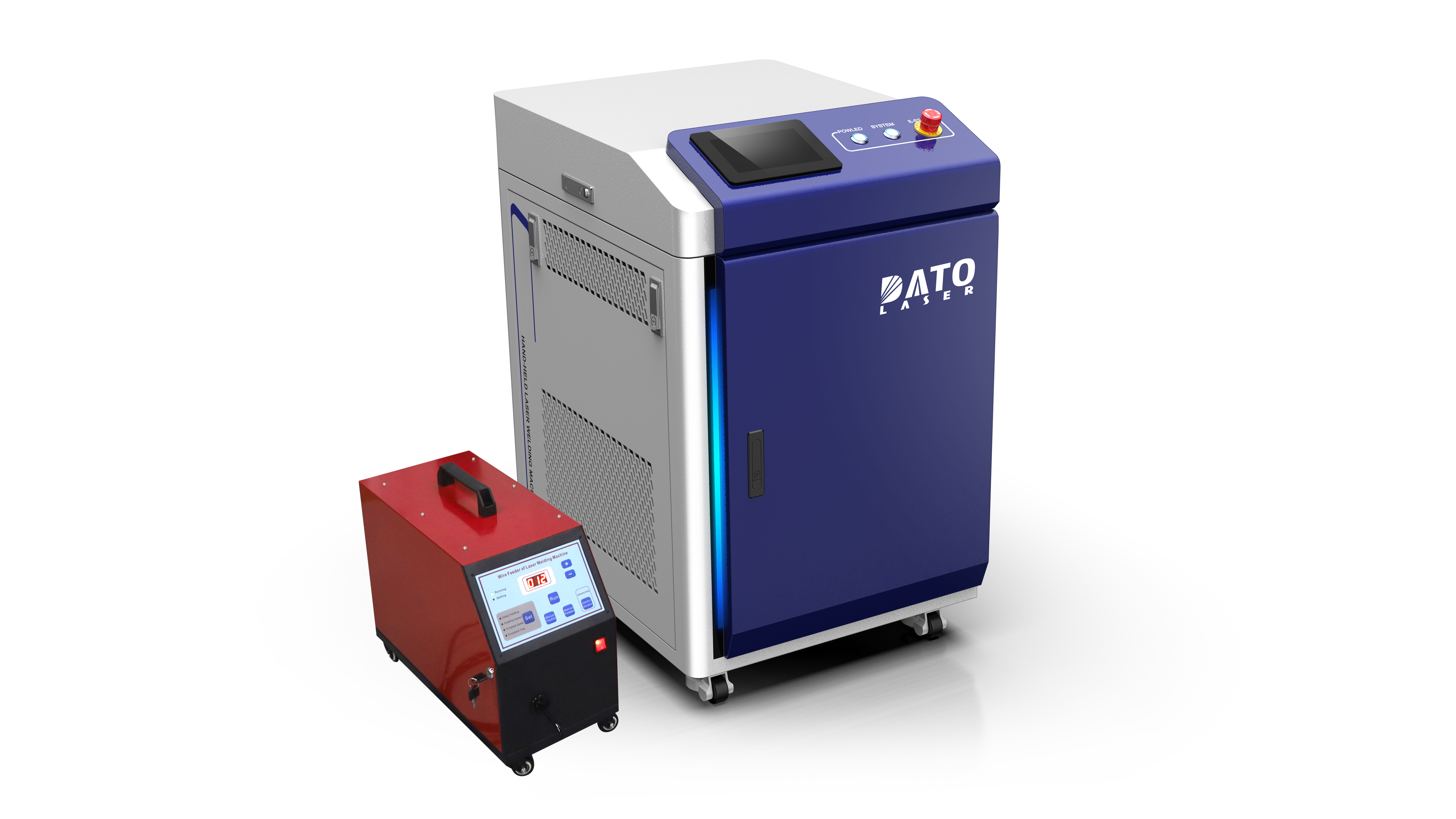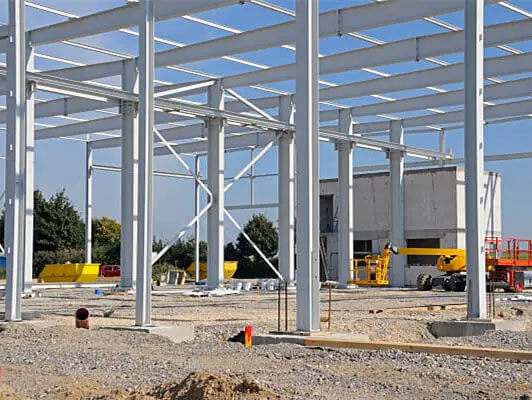Why Do Perfect Welds Sometimes Fail? Common Laser Welding Mistakes and How to Avoid Them

Manufacturing professionals often encounter a puzzling situation: welds that look perfect on the surface but fail unexpectedly during use. This frustrating scenario affects production efficiency and product quality. Let's explore why this happens and how modern laser welding technology can help prevent these issues.
Surface preparation stands as the foundation of successful laser welding. Many seemingly perfect welds fail because of inadequate surface cleaning or preparation. Oil residues, rust, or oxide layers create barriers between the laser beam and the material, resulting in compromised weld strength. The Dato & Leapion DT-HJ Series addresses this challenge through advanced surface monitoring technology that identifies potential issues before welding begins.
Parameter settings play a crucial role in weld quality. Think of laser welding machine parameters as a delicate recipe - even small variations in laser power, welding speed, or focus position can significantly impact the final result. Our intelligent control system takes the guesswork out of parameter selection by automatically optimizing settings based on material properties and application requirements.
Material compatibility presents another common challenge. Different metals and alloys require specific welding approaches, and using incorrect parameters can lead to weak or failed welds. The DT-HJ Series includes a comprehensive material database that automatically selects optimal welding parameters for various material combinations, ensuring consistent results across different applications.
Joint fit-up and gap control significantly influence weld quality. Even with perfect parameter settings, excessive gaps between parts can result in weak welds. Our advanced gap monitoring systems detect potential fit-up problems before welding begins, allowing for immediate corrections and ensuring proper joint preparation.
Heat management proves critical in achieving strong, reliable welds. Too much heat can cause distortion and material property changes, while insufficient heat results in poor fusion. The DT-HJ Series incorporates sophisticated heat management technology that precisely controls energy delivery, maintaining optimal welding conditions throughout the process.
Focus control represents another crucial aspect of laser welding success. The laser beam must maintain proper focus throughout the welding process to ensure consistent penetration and weld quality. Our advanced focus control technology automatically adjusts to surface variations, ensuring optimal focus position at all times.
Shielding gas protection plays a vital role in preventing weld contamination. Inadequate gas coverage can lead to oxidation and porosity, compromising weld strength. The DT-HJ Series features an integrated gas management system that maintains proper shielding gas coverage, protecting the weld pool and ensuring optimal results.
Real-time monitoring proves essential for maintaining consistent weld quality. The DT-HJ Series includes comprehensive monitoring capabilities that track critical parameters throughout the welding process. This continuous oversight allows for immediate detection and correction of potential issues before they affect product quality.

Modern laser welding technology has evolved to address these common challenges. The DT-HJ Series combines intelligent process control, quality assurance systems, and automated parameter selection to prevent typical welding mistakes. This advanced technology, coupled with proper maintenance and operator training, helps ensure consistently high-quality welds.
Dato & Leapion understands that successful laser welding requires more than just advanced equipment. We provide comprehensive support, including technical expertise, application assistance, and ongoing training programs. Our team works closely with customers to optimize their welding processes and prevent common issues that lead to weld failures.
The future of laser welding looks bright, with continuous technological improvements making the process more reliable and efficient. The DT-HJ Series represents the cutting edge of this evolution, offering advanced features that help prevent weld failures while improving productivity and quality.
Remember, achieving consistently perfect welds requires attention to detail, proper preparation, and the right technology. Contact Dato & Leapion to discover how our advanced laser welding solutions can help you overcome common welding challenges and achieve superior results in your manufacturing operations.
Related Blogs
-
 Exploring the Safety, Precision, and Industrial Benefits of Laser Surface CleaningIn today’s fast-paced industrial world, where quality, efficiency, and sustainability are top priorities, manufacturers are constantly seeking better ways to clean metal surfaces without compromising material integrityBlog
Exploring the Safety, Precision, and Industrial Benefits of Laser Surface CleaningIn today’s fast-paced industrial world, where quality, efficiency, and sustainability are top priorities, manufacturers are constantly seeking better ways to clean metal surfaces without compromising material integrityBlog -
 A Complete Guide by DATO and LeapionIn modern industry, surface preparation and maintenance play a crucial role in achieving high-quality manufacturing results. Laser cleaning machines have emerged as one of the most innovative, efficient, and environmentally friendly tools for removing contaminantsBlog
A Complete Guide by DATO and LeapionIn modern industry, surface preparation and maintenance play a crucial role in achieving high-quality manufacturing results. Laser cleaning machines have emerged as one of the most innovative, efficient, and environmentally friendly tools for removing contaminantsBlog -
 Laser cleaning machines are revolutionizing industrial surface cleaning by offering a faster, safer, and more eco-friendly alternative to traditional methods. Whether removing rust, paint, oil, oxide, or other surface contaminants, laser cleaning has become a cutting-edge solution in manufacturing,Blog
Laser cleaning machines are revolutionizing industrial surface cleaning by offering a faster, safer, and more eco-friendly alternative to traditional methods. Whether removing rust, paint, oil, oxide, or other surface contaminants, laser cleaning has become a cutting-edge solution in manufacturing,Blog -
 Introduction: Transforming EV Battery Manufacturing Through Laser TechnologyThe electric vehicle revolution has accelerated dramatically over the past decade, bringing with it unprecedented challenges and opportunities in battery manufacturing. As global automakers commit billions to electrificationBlog
Introduction: Transforming EV Battery Manufacturing Through Laser TechnologyThe electric vehicle revolution has accelerated dramatically over the past decade, bringing with it unprecedented challenges and opportunities in battery manufacturing. As global automakers commit billions to electrificationBlog













